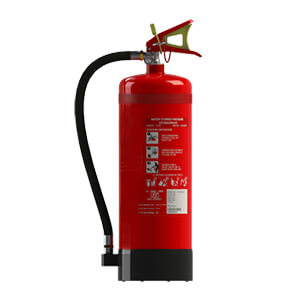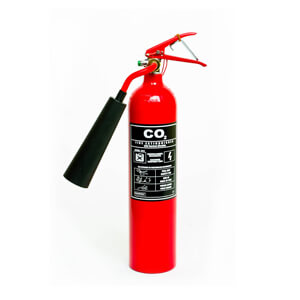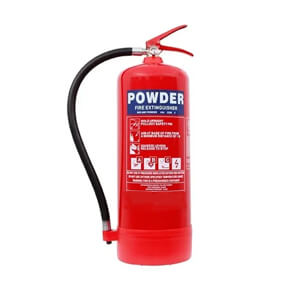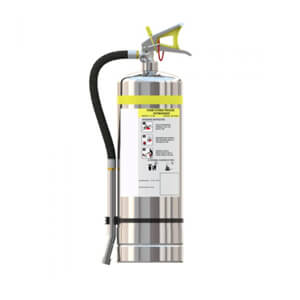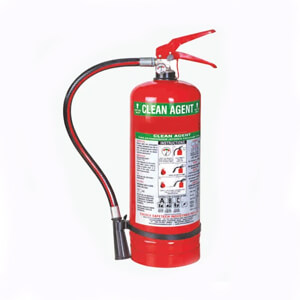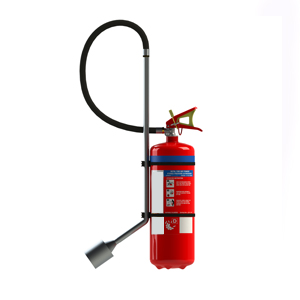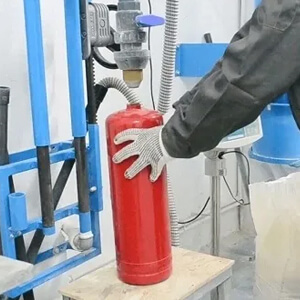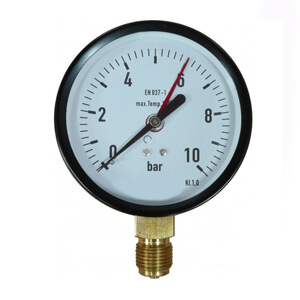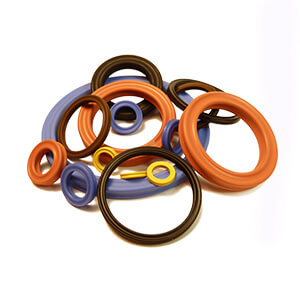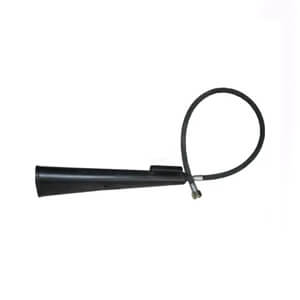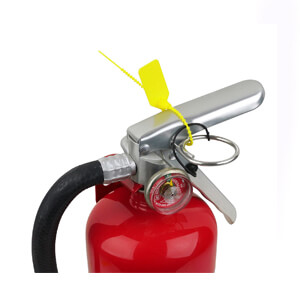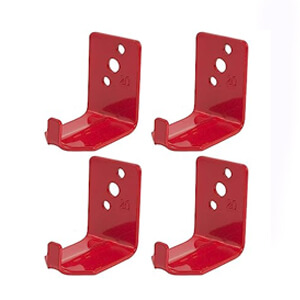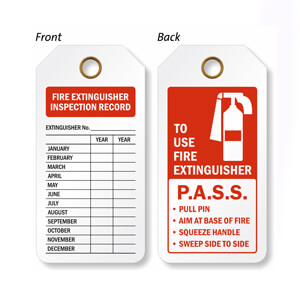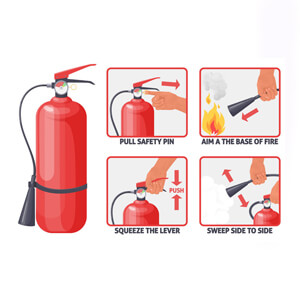There are several types of fire extinguishers, each designed to suppress specific classes of fires. The most common types of fire extinguishers are:
Water and Foam Fire Extinguishers (Class A)
Water Extinguishers: These extinguishers contain water and are effective for fires involving ordinary combustible materials such as wood, paper, cloth, and certain plastics. They work by cooling the fire and reducing the heat.
Foam Extinguishers: Foam extinguishers are also suitable for Class A fires. They discharge a foam substance that forms a blanket over the fire, smothering it and preventing re-ignition.
Carbon Dioxide (CO2) Fire Extinguishers (Class B and Class C)
CO2 Extinguishers: These extinguishers are suitable for fires involving flammable liquids (Class B) and fires involving energized electrical equipment (Class C). CO2 extinguishers displace oxygen, suffocating the fire. They are non-conductive and leave no residue, making them safe for use on electrical fires.
Dry Chemical Powder Fire Extinguishers (Class A, Class B, and Class C)
ABC Extinguishers: ABC extinguishers are versatile and can be used on fires involving ordinary combustibles (Class A), flammable liquids (Class B), and fires involving energized electrical equipment (Class C). They contain dry chemical powders, such as monoammonium phosphate or ammonium sulfate, which interrupt the chemical reaction of the fire.
Wet Chemical Fire Extinguishers (Class K)
Wet Chemical Extinguishers: These extinguishers are specifically designed for fires involving cooking oils and fats commonly found in commercial kitchens (Class K fires). They release a potassium-based solution that cools the fire, forms a soapy foam to suppress vapors, and creates a barrier to prevent re-ignition.
Clean Agent Fire Extinguishers (Class B and Class C)
Clean Agent Extinguishers: Clean agent extinguishers use specialized agents, such as Halon 1211, Halotron, or HFC-227ea, to suppress fires without leaving residue or damaging sensitive equipment. They are suitable for Class B and Class C fires involving flammable liquids or energized electrical equipment.
Dry Powder Fire Extinguishers (Class D)
Class D Extinguishers: Class D extinguishers are specifically designed for fires involving combustible metals, such as magnesium, titanium, or sodium. They use dry powder agents, such as powdered graphite or sodium chloride, to smother the fire and interrupt the chemical reaction.




